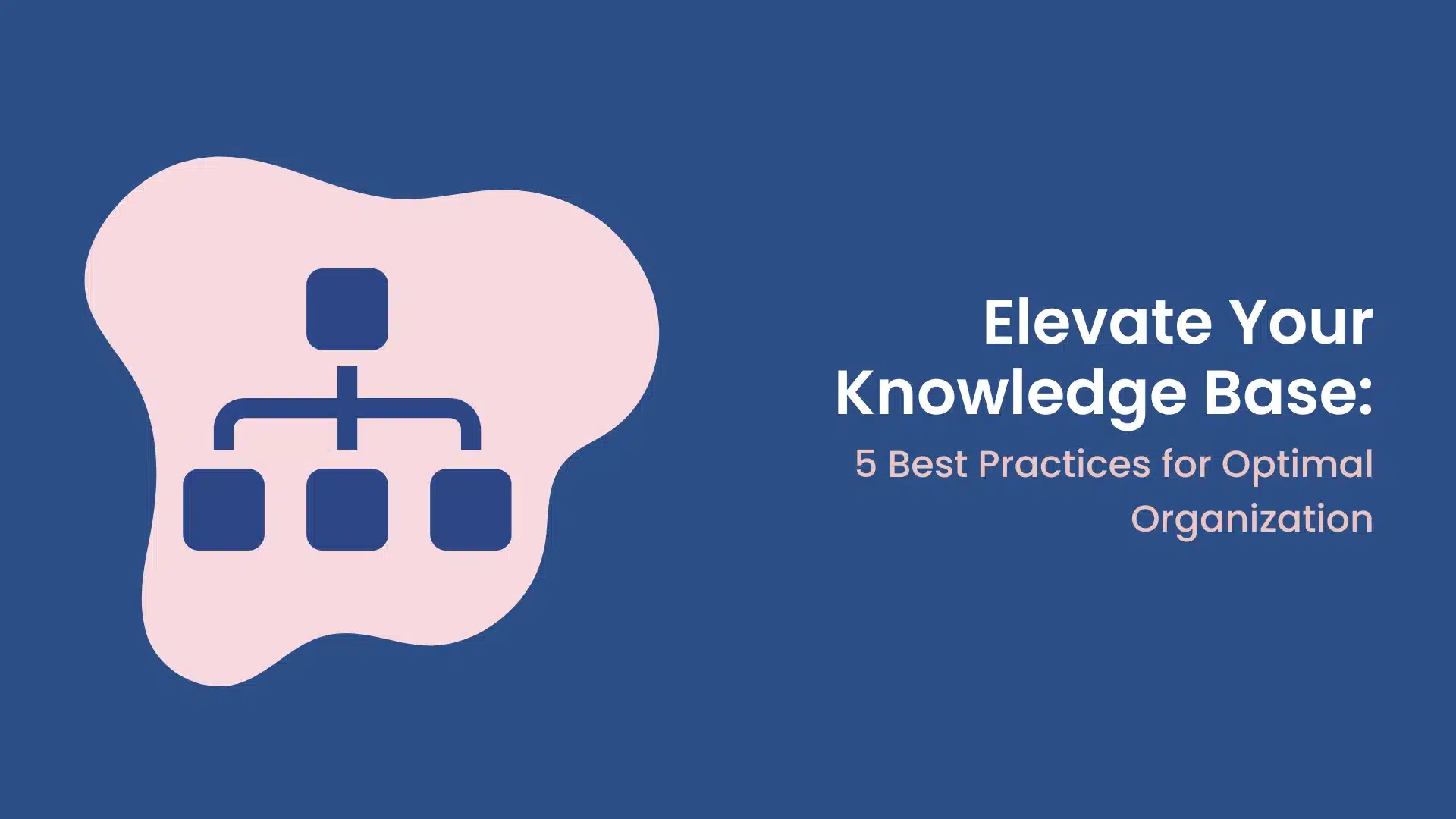Have you wondered why you got a Laptop and the “fn” key has a light turned on, but you can’t turn it off after excessive attempts?
That is because you are unaware of the keys that can turn it off.
The problem now is, what’s next? This is where your technical knowledge comes in.
Fo you to turn off the light, you need to read up on the manual guide attached to the laptop. This is referred to as technical documentation – it is a well-written document that explains how a product, or a laptop, in this case, can be used.
A technical documentation example is the software user manual, API reference guides (e.g., Stripe Docs), troubleshooting guides, and Engineering design documents.
These technical guides are broken down to ensure users can read and understand them.
In this article, we will list out steps on how to write technical documentation for a Software, SaaS, or other technical product. Before we dive into that, let’s see the importance of technical documentation.
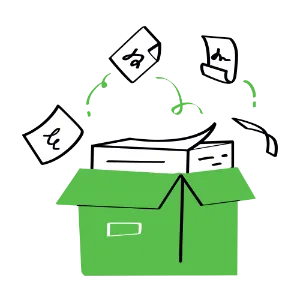
- Well-structured user guides & API docs
- Custom graphics for better understanding
- Video tutorials & knowledge base setup
Why Is a Technical Documentation Guide Important?
A well-structured documentation is a guide for users when navigating your product. It clarifies what you've built, why it matters, and how it functions. This essential material provides stakeholders and users with the necessary information to understand, implement, and utilize the product efficiently.
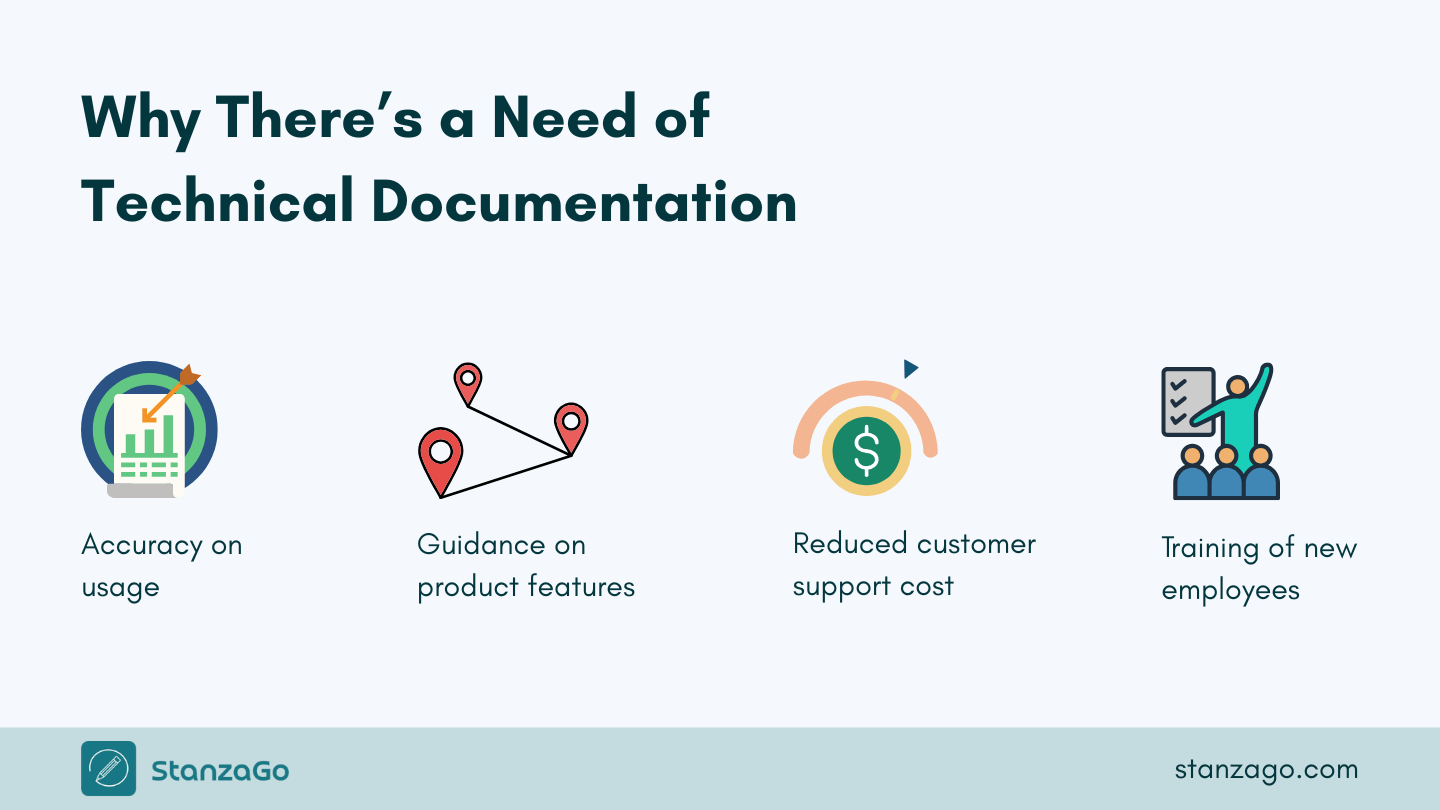
An effective technical documentation is important because it:
- Ensures accuracy when using the products.
- Encourage users and provide instructions.
- Provides enough information and reduces customer support costs.
- Trains new employees of a company.
Documentation provides developers, administrators, and end users with a detailed guide on how to use a product or application. For example, a company like Stripe that offers a payment processing API must create tech documentation to support developers and vendors to understand its function, how to use it, and how to set it up for e-commerce platforms.
For a company like Stripe, a how-to guide is advised.
Front-end users also need effective and clear technical documentation for two main reasons.
First, it helps them understand how to use the product, and second, it provides guidance on what to do when they have questions or issues.
Also, potential customers often read documentation to know if a product is good for them.
To assist users and developers, you should make your software technical documentation accessible on your website.
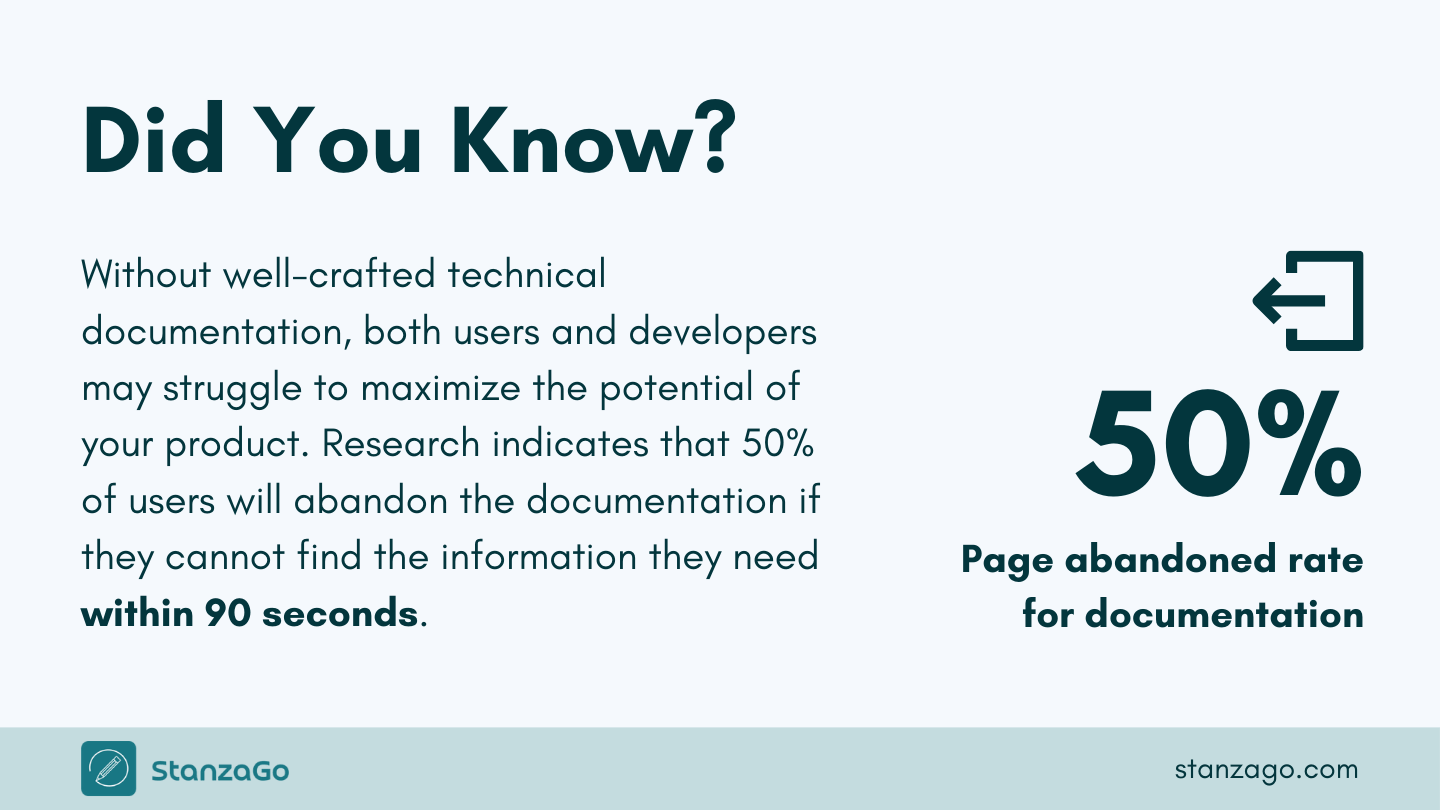
The technical documentation guide encourages long-term users within organizations by giving everyone access to the same information. It also eliminates the need for end users to create their own guides, which can be inaccurate or become outdated over time.
Without effective technical documentation, users and developers will not be able to use your product to its fullest potential, and research shows that 50% of users abandon the documentation when they cannot find an answer within 90 seconds.
This means the format for technical documentation should be simple because that’s what the user wants.
When Is the Right Time to Write Documentation?
Most of the time, SaaS or technical product owners think of writing technical documentation after building a product. The end is the worst time, and this is because waiting till the end will lead to weaker documentation.

By the time you have finished your work, you are likely to forget some of the important details of the project, especially in cases of complex projects.
Technical documentation is not a stand-alone writing. You can’t have documentation without the thing you’re documenting – there has to be written documentation for the product to be understood.
Instead, document as you work on the product, and this approach is useful when learning a new skill or process.
Finally, at the end, use the remaining time to edit and take it from good to great.
How to Write Technical Documentation (6 Effective Steps)
Writing clear and simple documentation will encourage your audience and your users to enjoy your product when they need an answer or they need to understand it better.
However, good documentation should include user-friendly steps that can be followed carefully.
At StanzaGo, we believe great technical documentation is built on clarity, research, and understanding the audience. Here are the key steps on how to write technical documentation that we follow when creating effective technical documentation.
1. Decide on the Type of Audience
The first step is to be aware of your target audience.
Are they software developers, product team, or just the users? By identifying and analysing your audience, you write in a way that will suit them. If your documentation lacks a specific audience, it will not be helpful to specific people.
Defining your audience at the start of your writing will ensure a clear writing structure and language.
2. Research on the Topic
After you have identified your readers, you need to research the topic you want to cover in your documentation. To write good documentation, you need accurate research. Our documentation process at StanzaGo prioritizes accuracy, ensuring that each guide is well-researched and clear.
At this stage, collaborating as a team to brainstorm topics and delegate research tasks can be highly beneficial.
Before starting the writing process, you should ask questions such as: What areas should our technical documentation cover, and what goal do we want to achieve?
3. Outline Your Structure
When designing documentation, focus on the structure and how users see the document.
Users are looking for specific information or solutions, so the layout should be attractive, allowing them to find what they need quickly.
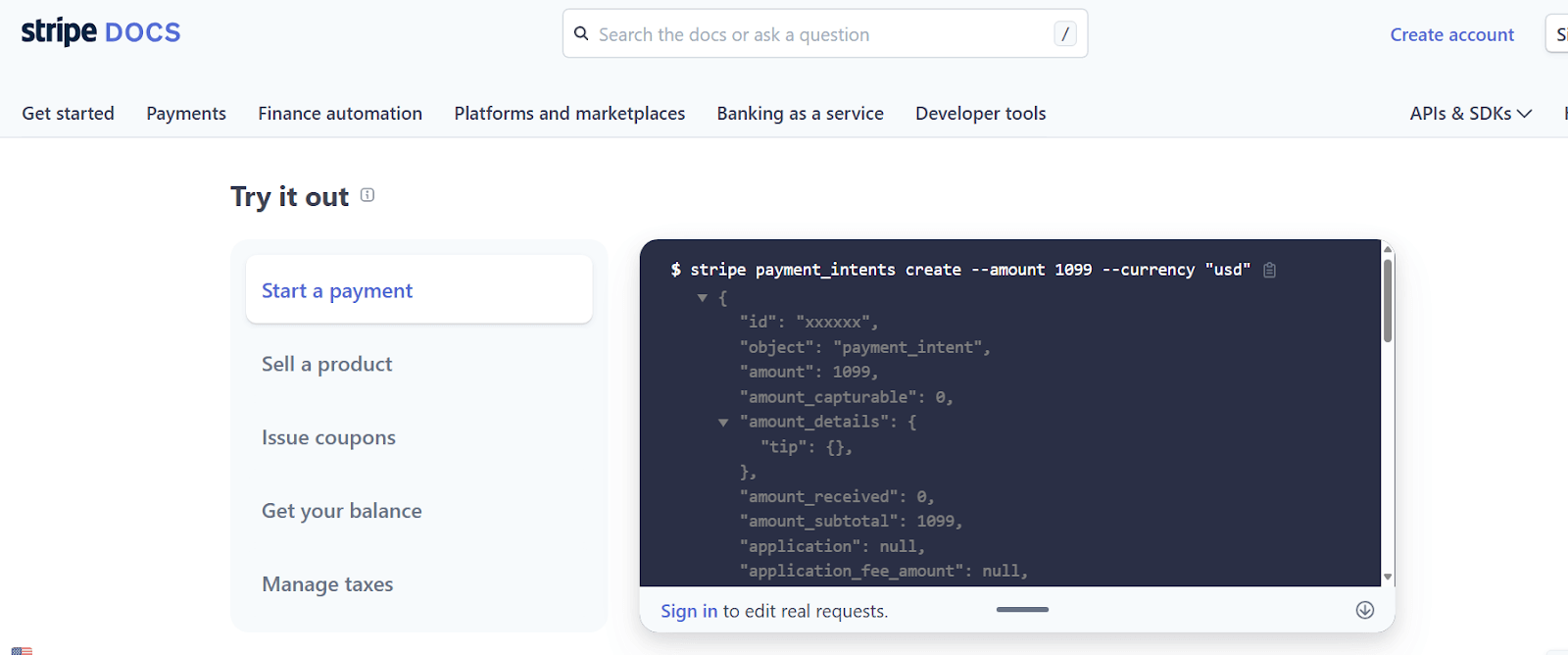
Remember to have a subheading and well-arranged paragraphs that users can use to instantly find what they want.
Your structure should be simple and concise.
While the written content is the most critical aspect, it's also essential to consider the visual presentation of the documentation.
4. Start Writing
The most effective documentation is created when writers have a clear outline and focus on a specific user audience. Writing user-friendly technical documents begins by developing a high-level outline of the topics you plan to cover.
Collect all the necessary content and supporting visuals, and then start crafting your documentation.
Make sure to write in simple but clear language that is easy for users to understand. Avoid assuming that readers share the same level of knowledge as you—provide plenty of context to enhance clarity and understanding.
Furthermore, use good technical writing tools to simplify your writing process.
5. Use Relevant Examples
One of the most effective ways to help an end user or developer grasp a product or technology is by showing them. Include real-world examples whenever possible, such as code snippets, screenshots, use cases, or user stories.
These examples make the information relatable and practical.
Additionally, linking to related topics or resources can provide further context and help readers deepen their understanding.
6. Review and Publish Your content
You must review your content multiple times to ensure it is free from fluff and the quality is good.
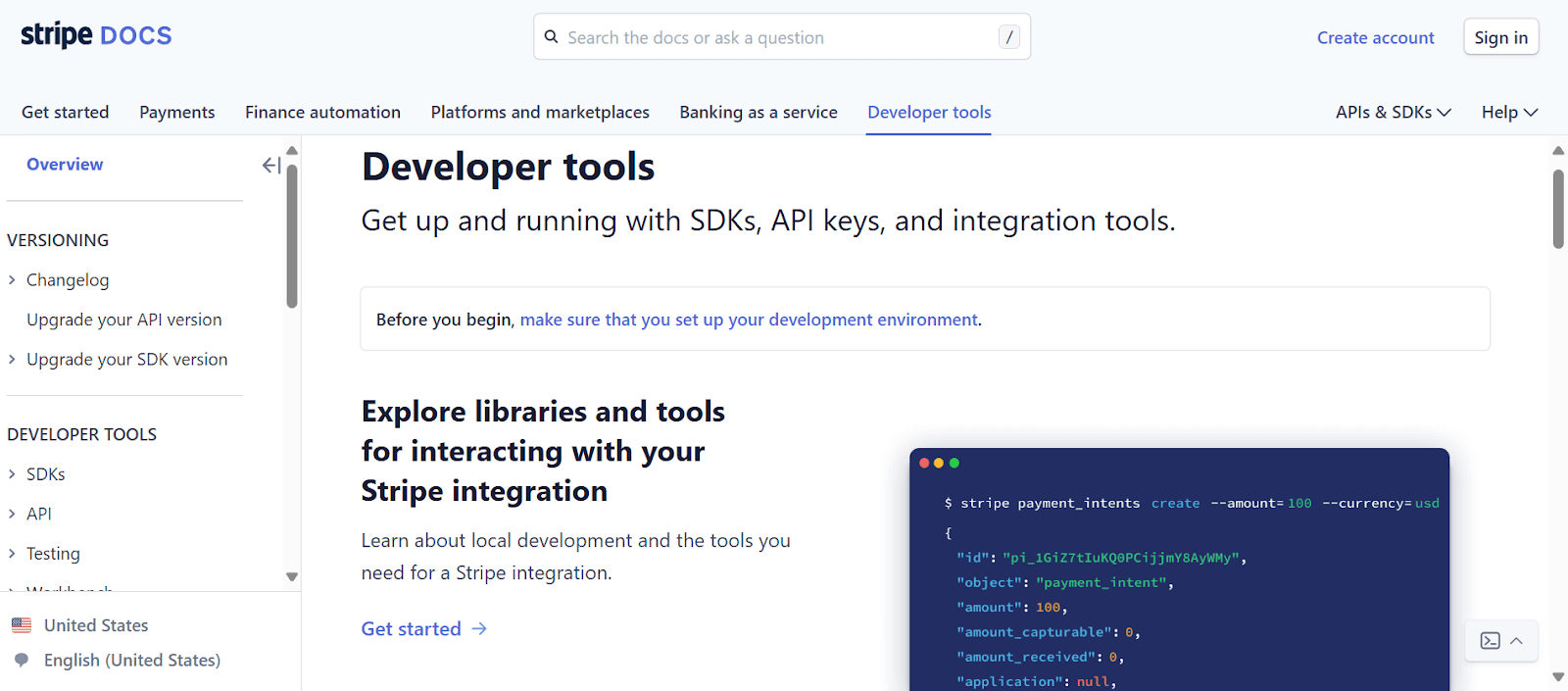
Once your documentation is ready, it's time to publish it and afterwards, review the content one last time to catch any final updates or errors, ensuring everything is accurate and polished.
And that’s it; you’ve successfully written your technical documentation of your SaaS, software, or technical product.
Let’s have a recap of everything on how to write technical documentation in an effective way.
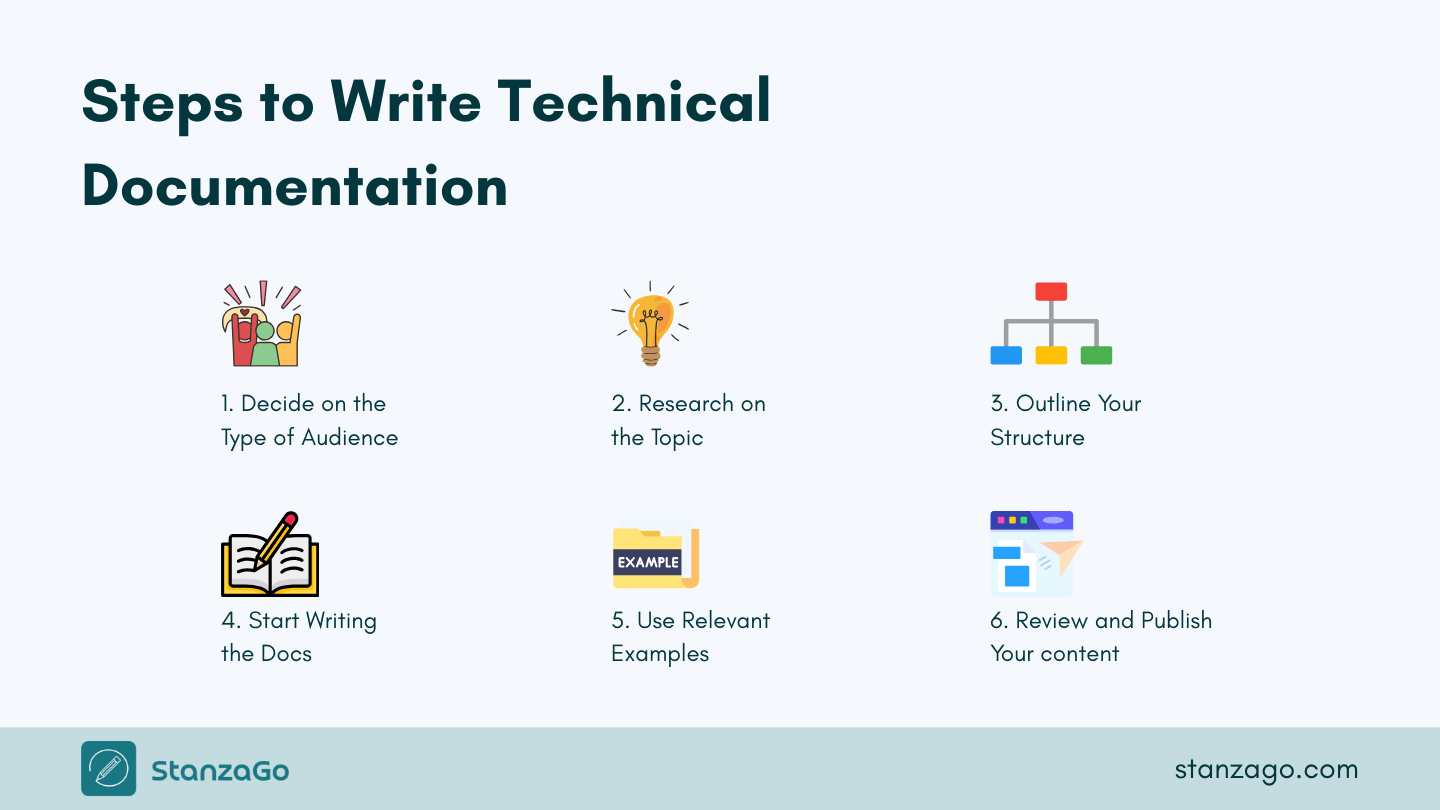
You can save the above infographic so you can quickly access it whenever you have to write tech documentation.
Final Thoughts on How to Write Technical Documentation
To ensure that both users and developers can easily understand how to use a product, it's essential to ensure your technical documentation is well-written. The steps and best practices for technical documentation we listed will guide you when writing to increase the usage of your product.
Make sure to use simple words and a lot of examples so your audience can have a good understanding, and keep the design and format minimal and use words only when it is necessary.
That’s it.
Best of luck with your technical documentation writing process.

- Well-structured user guides & API docs
- Custom graphics for better understanding
- Video tutorials & knowledge base setup



